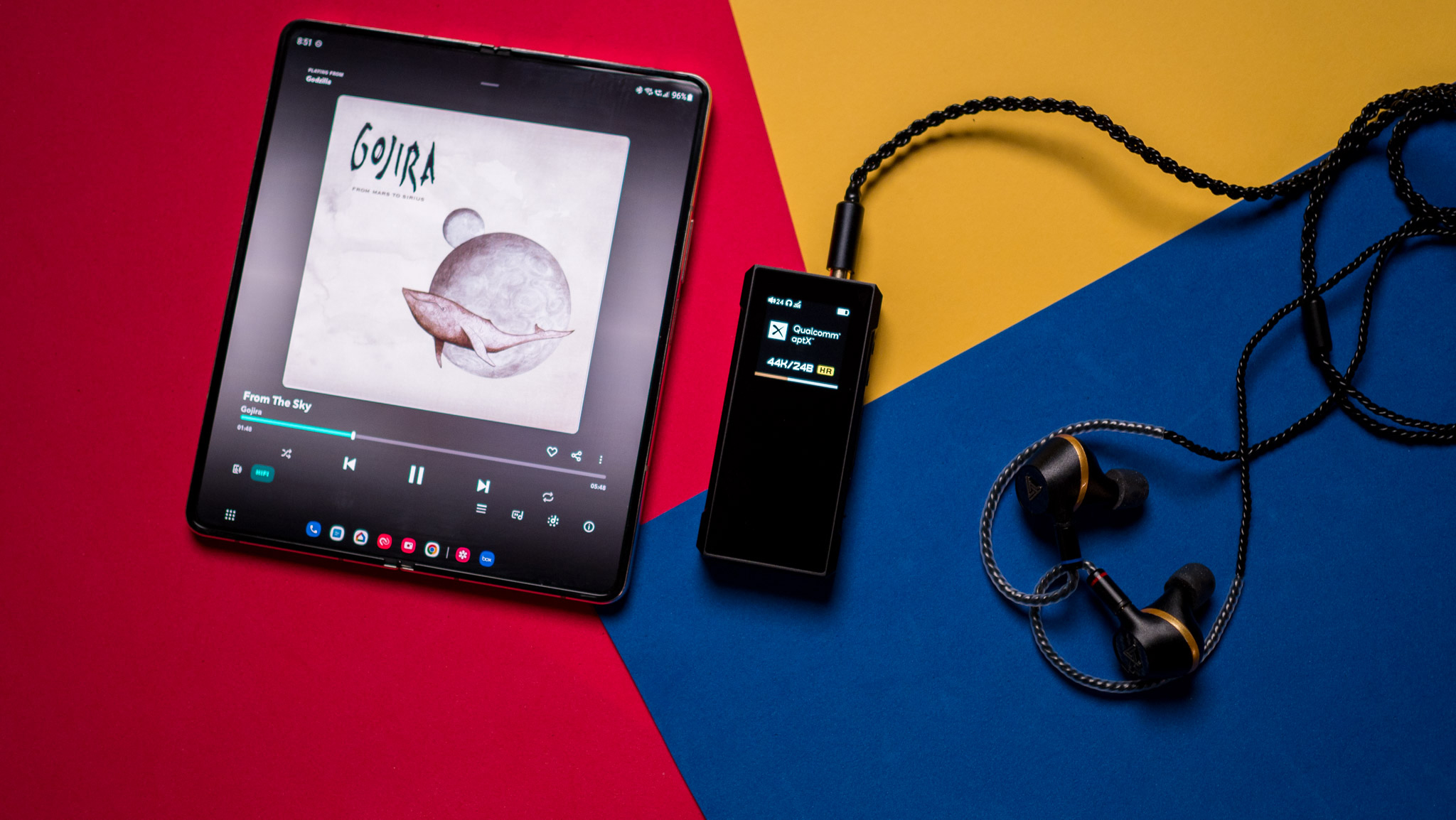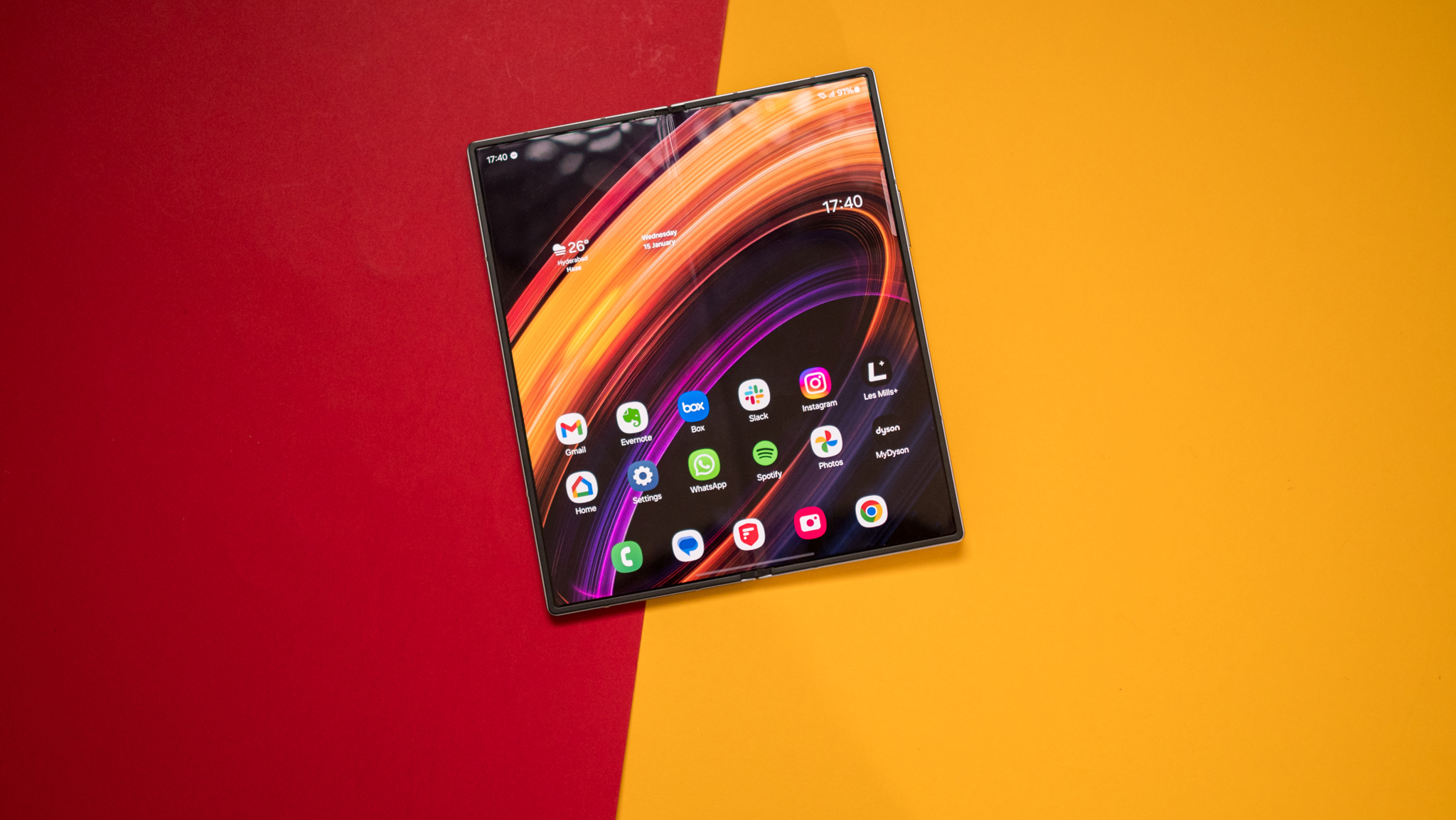Android Central Verdict
The BTR7 has everything you're looking for in a portable DAC. It uses Qualcomm's Bluetooth module and delivers rock-solid connectivity, and offers all the high-res wireless audio codecs you need. With MQA and DSD256 decoding and a balanced 4.4mm port, the BTR7 ticks all the right boxes. Whether you're streaming over Bluetooth or using wired mode, this is a truly outstanding portable DAC.
Pros
- +
Balanced 4.4mm port along with 3.5mm connector
- +
New design with color IPS LCD panel
- +
Includes THX hardware, MQA and DSD decoding
- +
Bluetooth 5.1 connectivity with high-res wireless codecs
- +
Great battery life
- +
Wireless charging
Cons
- -
Could use more customizability with Fiio Control
Why you can trust Android Central
Fiio is doing all the right things in the portable audio category, and its Bluetooth DACs in particular are highly regarded for their feature-set. The BTR5 set the tone for Fiio in this category, and the introduction of an updated model dubbed the BTR5 2021 solidified Fiio's position. I called the BTR5 2021 one of the best budget Bluetooth DACs around, and that's down to the sheer number of features on offer and the clean sound delivery out of what is essentially a diminutive DAC designed for portable use.
Fiio is now taking that winning formula and adding a few additional features for its latest model in the series, the BTR7. There is a lot to like here, and before I get started, here's a high-level overview of what you're getting: the BTR7 comes with THX's AAA28 amp, and it includes a balanced 4.4mm connector alongside a single-ended 3.5mm port — the biggest differentiator over the BTR5.
You also get a new design with a large color IPS LCD panel, wireless charging, and all the wireless codecs you need. Considering the BTR7 costs just $199, you are getting an amazing value here. As is the case with all of its products, Fiio bundles a generous amount of accessories with the BTR7, including a leatherette case, USB-C to USB-C cable, and a USB-C to USB-A connector.
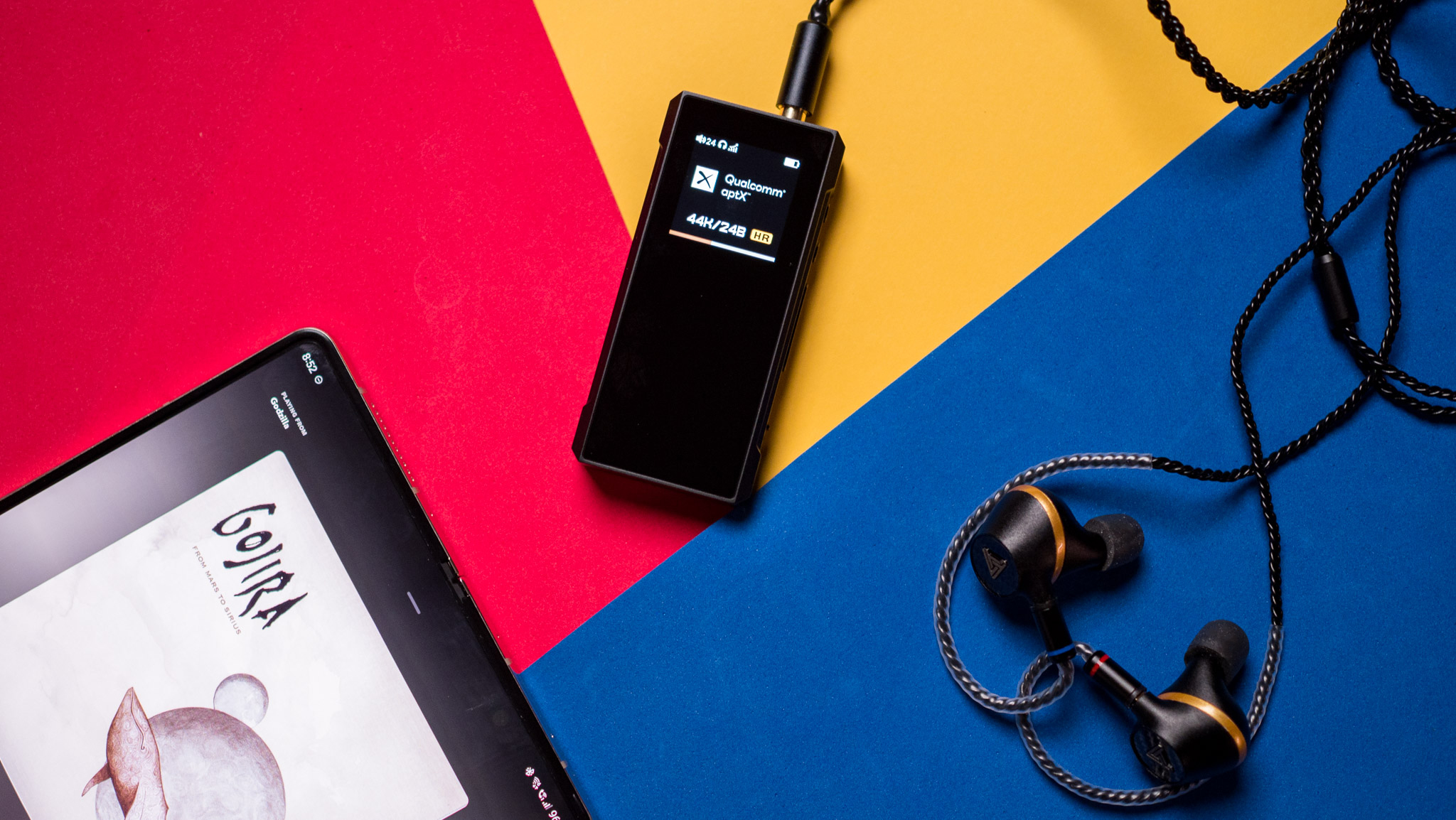
Fiio tweaked the design for the BTR7, with the DAC featuring a larger chassis that's 26g heavier than the BTR5. The design is more angular this time around, bringing the BTR7 in line with the likes of the K9 Pro DAC and the M11S audio player. Fiio is switching to this design language for its high-end offerings, and it's great to see that the BTR7 also follows a similar aesthetic.
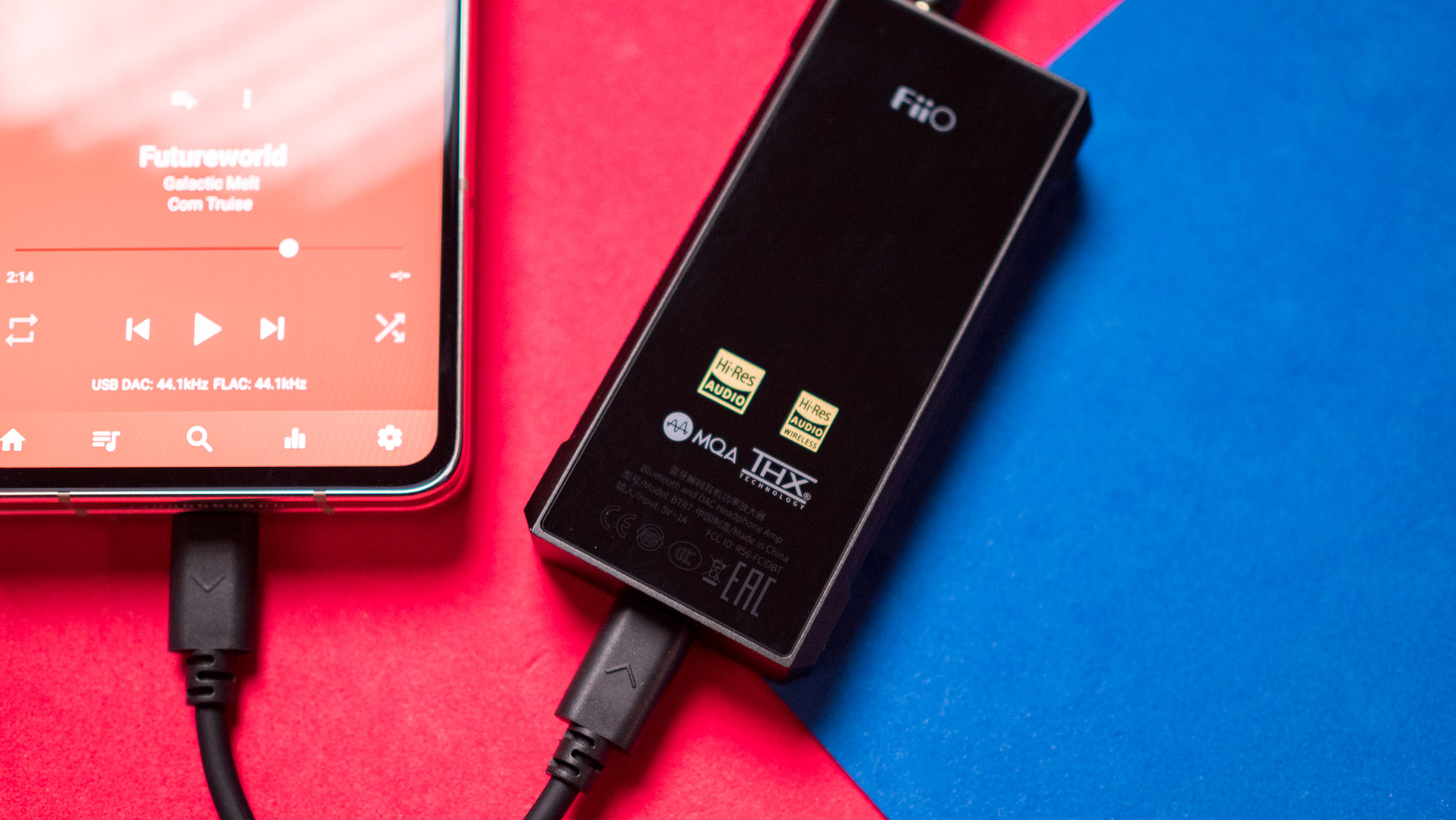
Even though the chassis is larger, the BTR7 comes in at just 68g, making it inherently pocketable. It has dimensions of 39.6 x 83.6 x 14.6mm, and the metal chassis is built to last — I've been using the DAC for the better part of six months now, and haven't run into any issues whatsoever. If you're worried about durability, the bundled case does a great job adding a layer of protection without making the DAC bulkier.
The BTR7 has a glass front and back, and you'll find the usual slate of logos at the back highlighting the DAC's MQA abilities along with THX hardware. The glass back allows for Qi wireless charging, with the BTR7 taking just over three hours to charge via this mode.
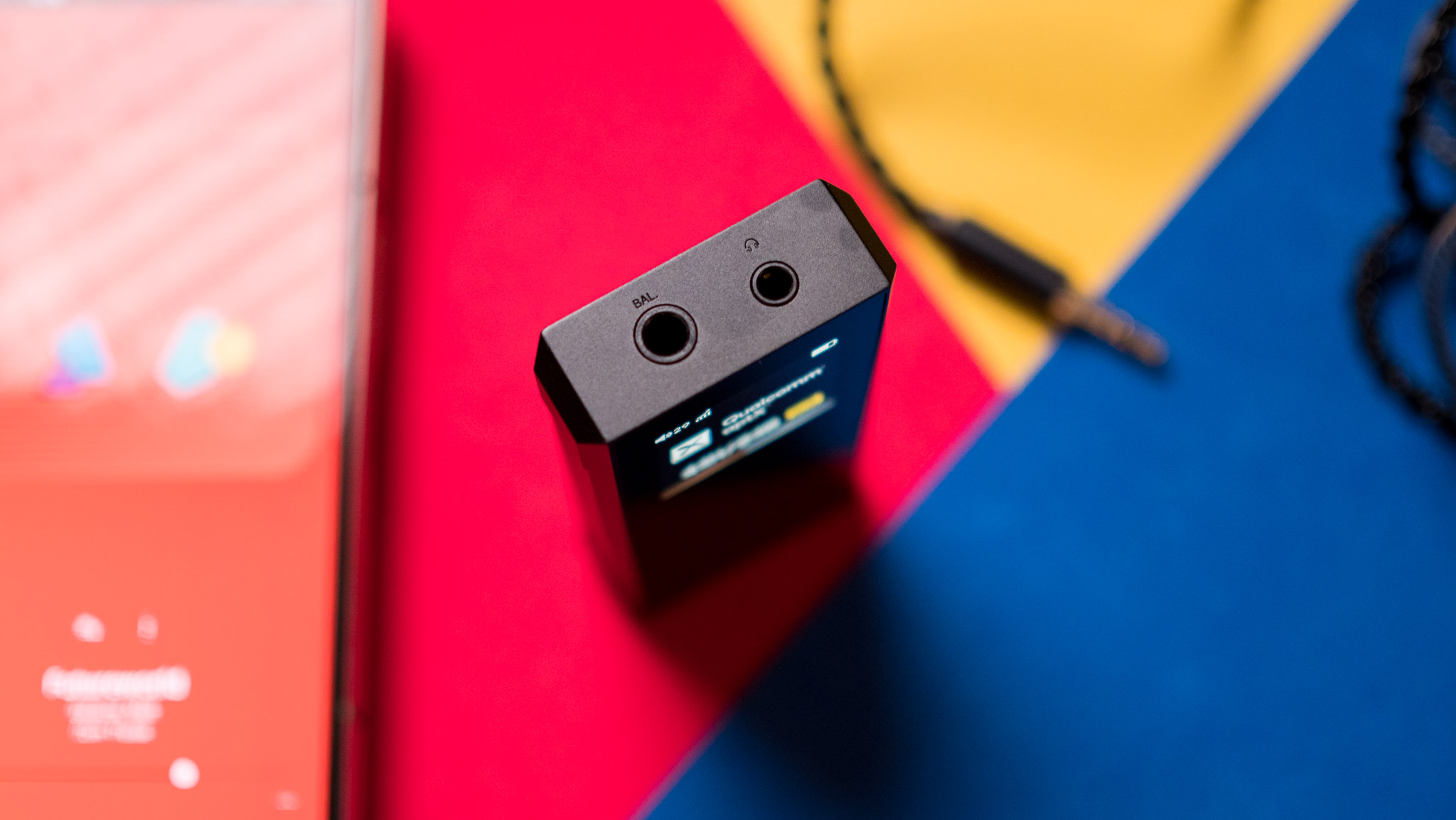
Another big change this time is the connectors; Fiio now offers a balanced 4.4mm port in addition to the standard single-ended 3.5mm jack on the BTR7, and that makes the DAC that much more versatile. You'll find the power and volume buttons on the right, along with a charge toggle that lets the BTR7 know if it should charge when connected to a source or not.
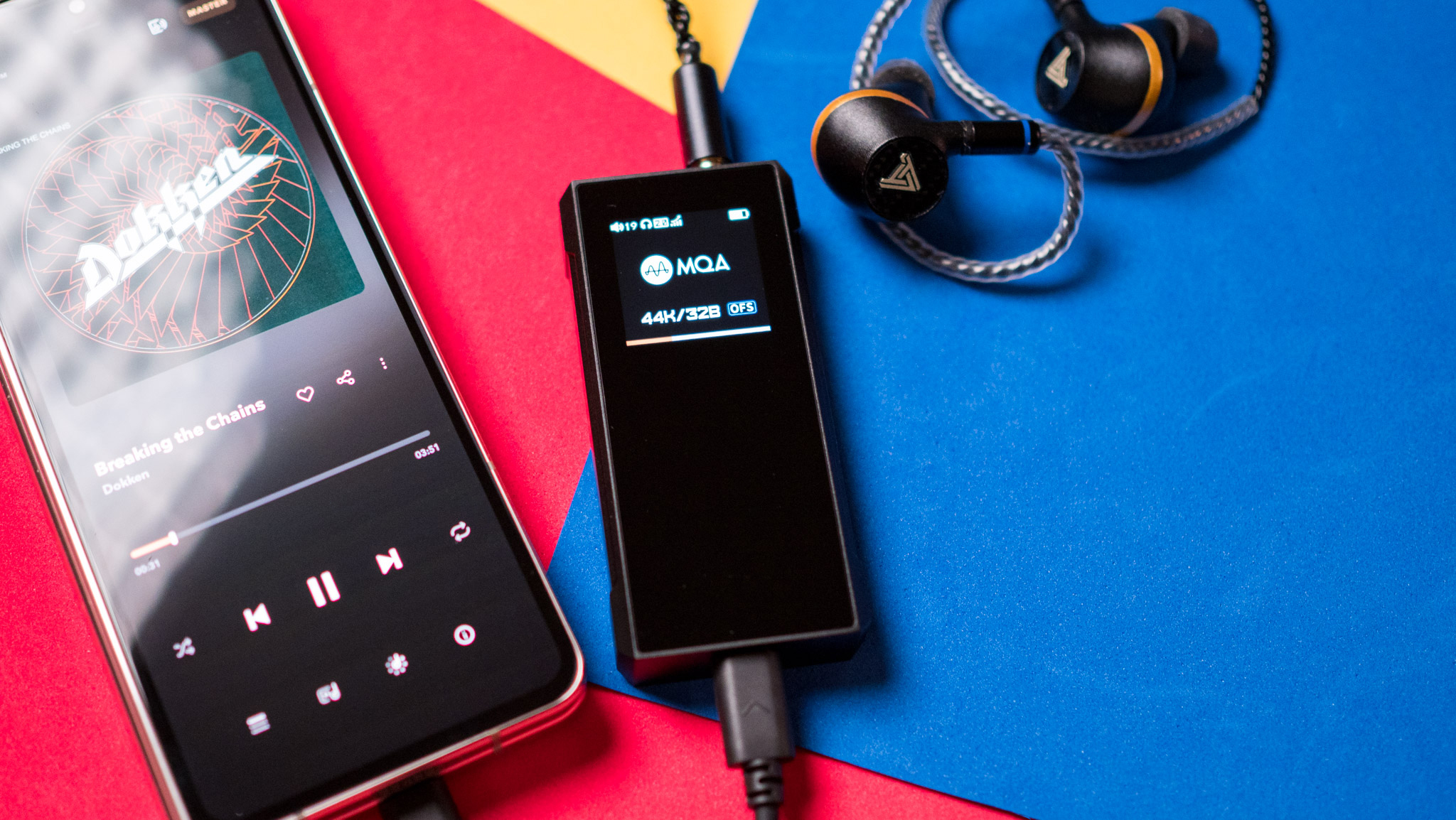
There's also a larger 1.3-inch color IPS LCD panel on the BTR7, and this is particularly handy for viewing what codec is being used as well as the volume level and battery details. You can tweak a few settings directly on the device, including gain (high or low), switch between EQ modes, adjust filters, and launch car mode.
But for the most part, you'll use the Fiio Control app to adjust settings on the BTR7. Fiio Control provides full 10-band EQ customization, allows you to view all the Bluetooth codecs available for the device and set a codec manually, set channel balance, and update the firmware.
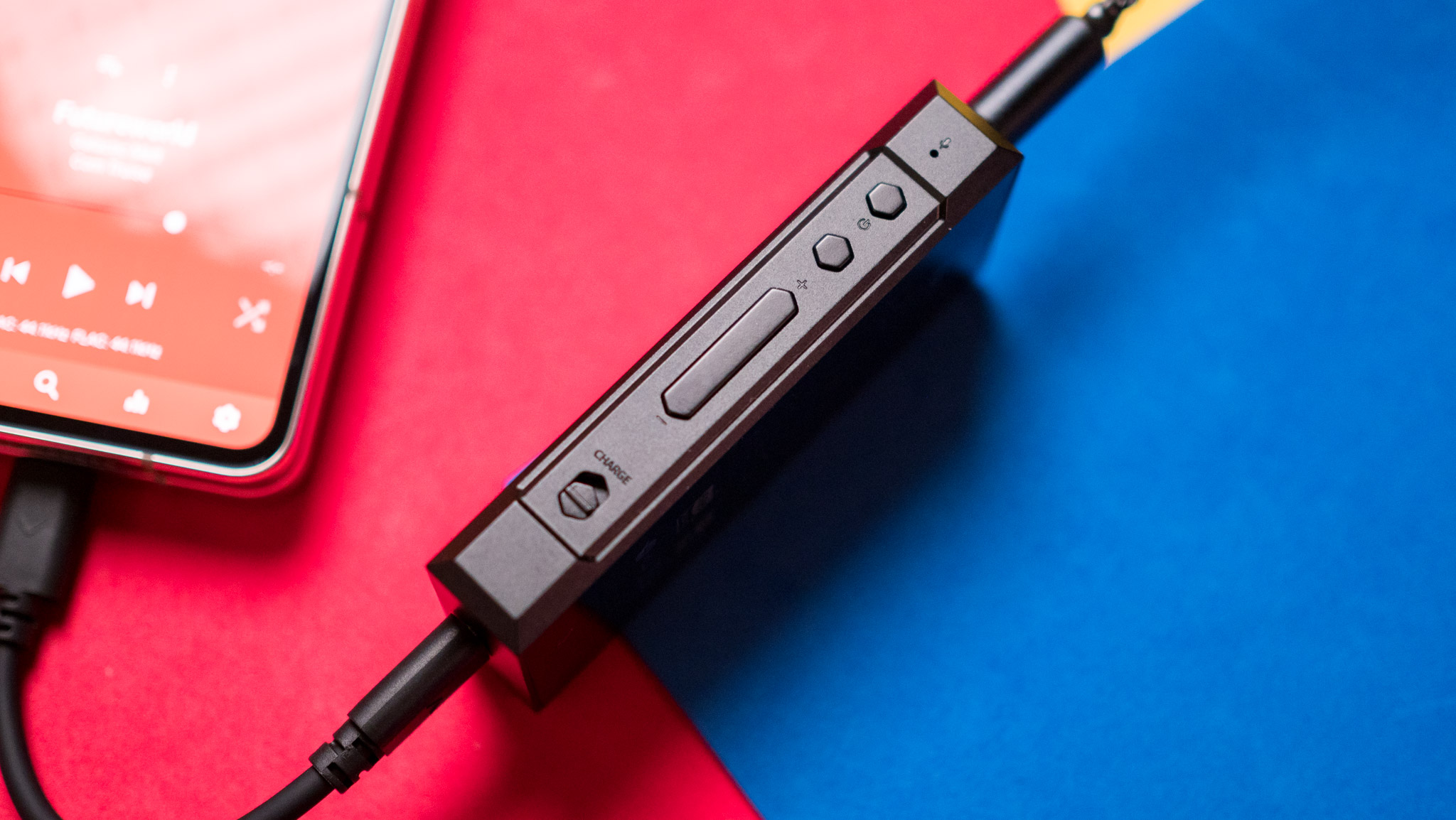
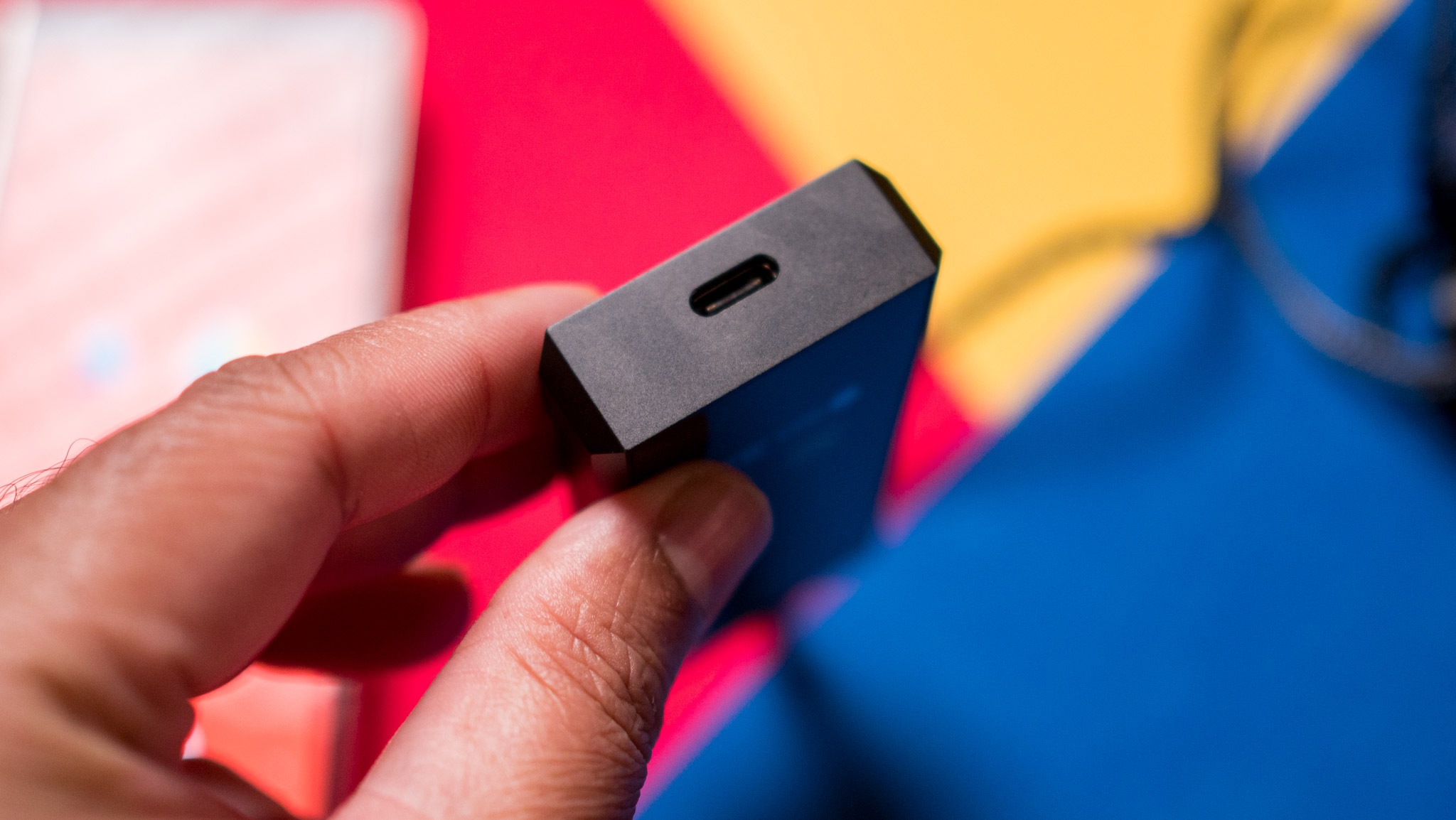
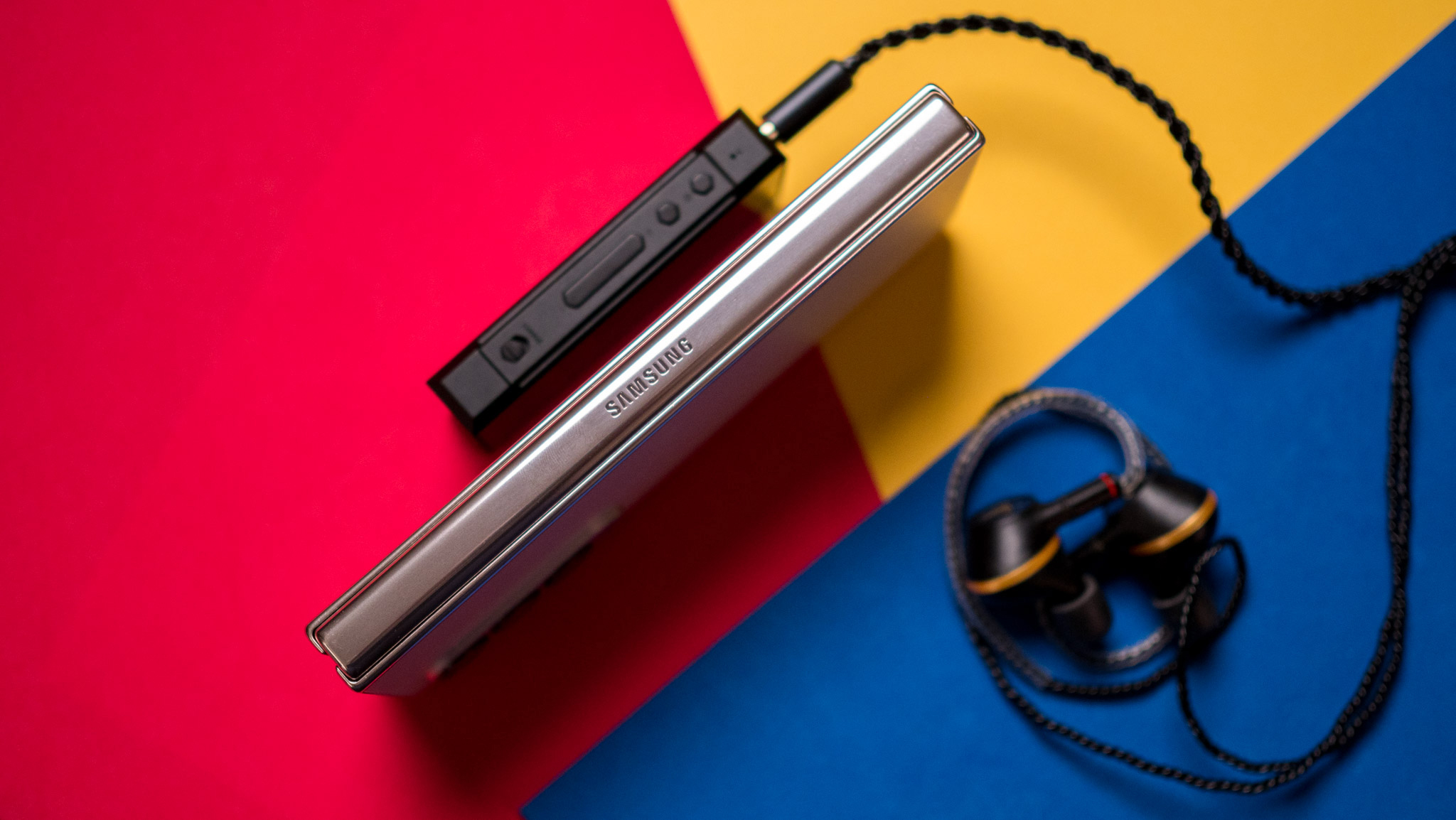
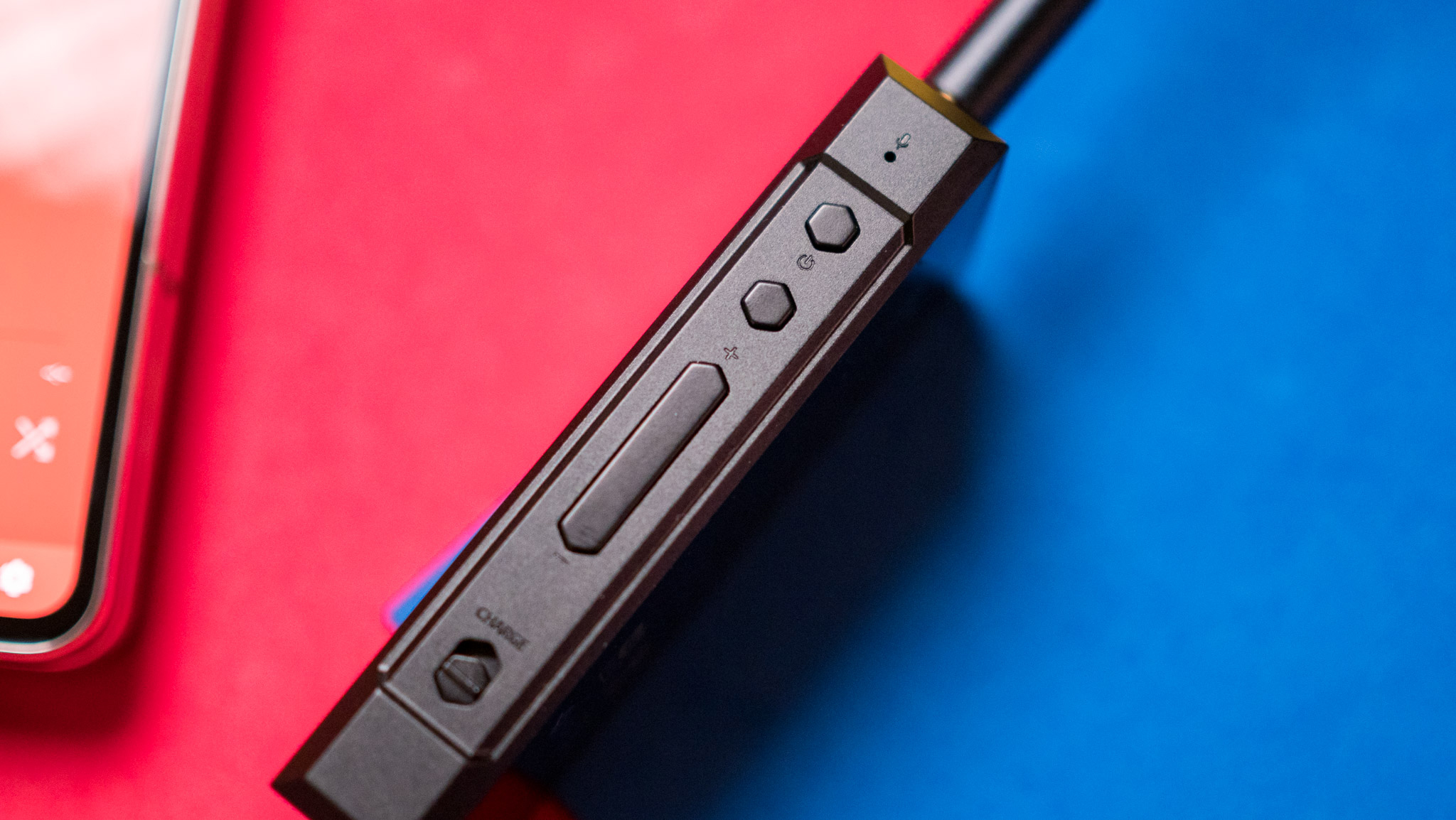
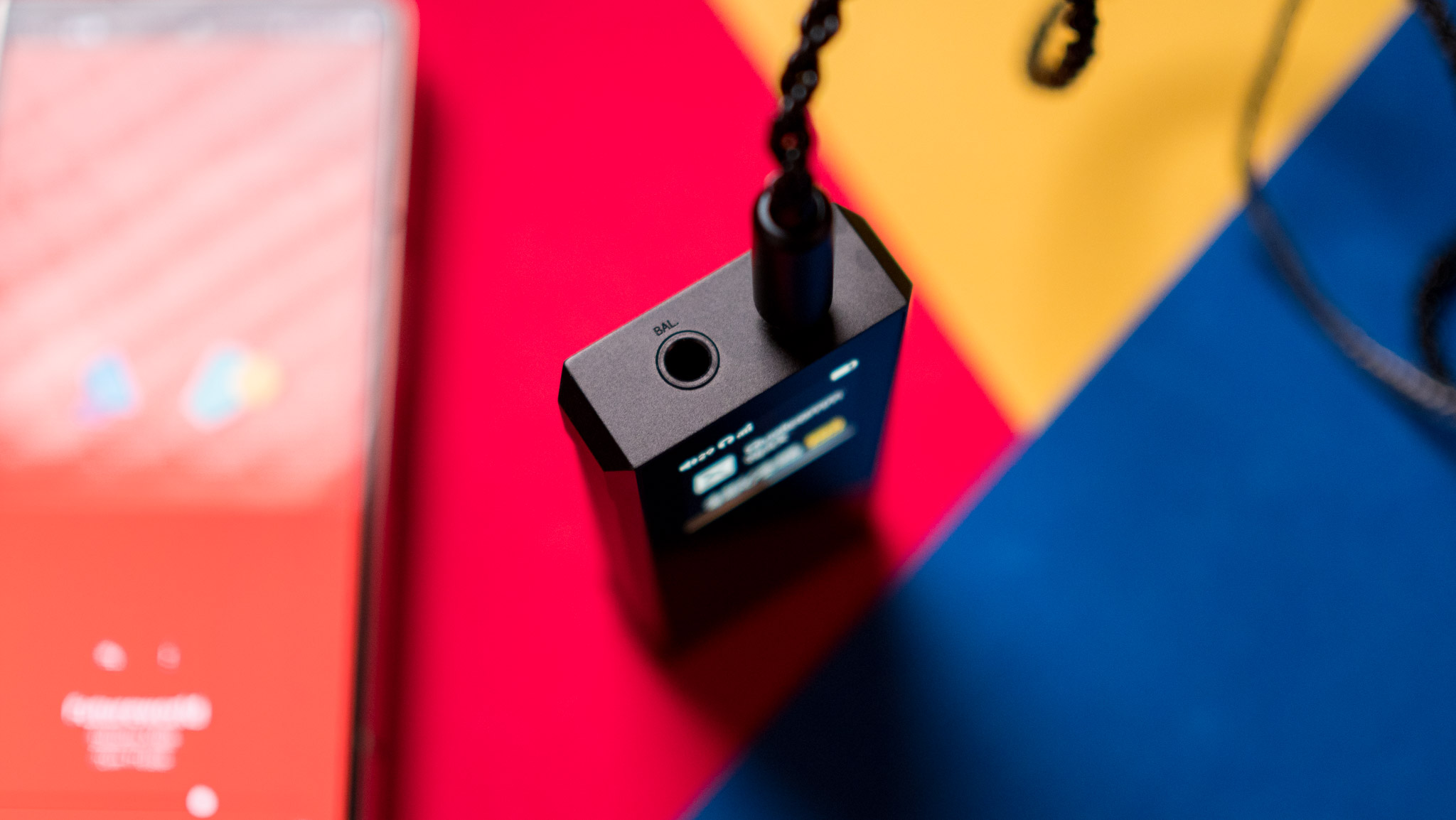
As for connectivity, you get the versatility of USB-C as well as Bluetooth. Given the use case for the DAC as a portable option, most users will use Bluetooth 5.1 connectivity to pair the DAC with their phones, and I had zero issues connecting the BTR7 with my Galaxy Z Fold 4 and Pixel 7 Pro. The DAC uses Qualcomm's QCC5124 module here, and Fiio has an exhaustive list of wireless audio codecs that include SBC, AAC, AptX, AptX LL, AptX Adaptive, AptX HD, and LDAC.
Of course, your source device will need an AptX codec to stream at higher bitrates, but even if that isn't the case, LDAC is baked into Android, and you should get 96kHz/24bit playback on just about any phone. When used as a USB DAC, the BTR7 will go up to 384kHz/32bit over PCM, and you get DSD256 decoding as well as an MQA 8x renderer, making the DAC a great choice if you use Tidal.
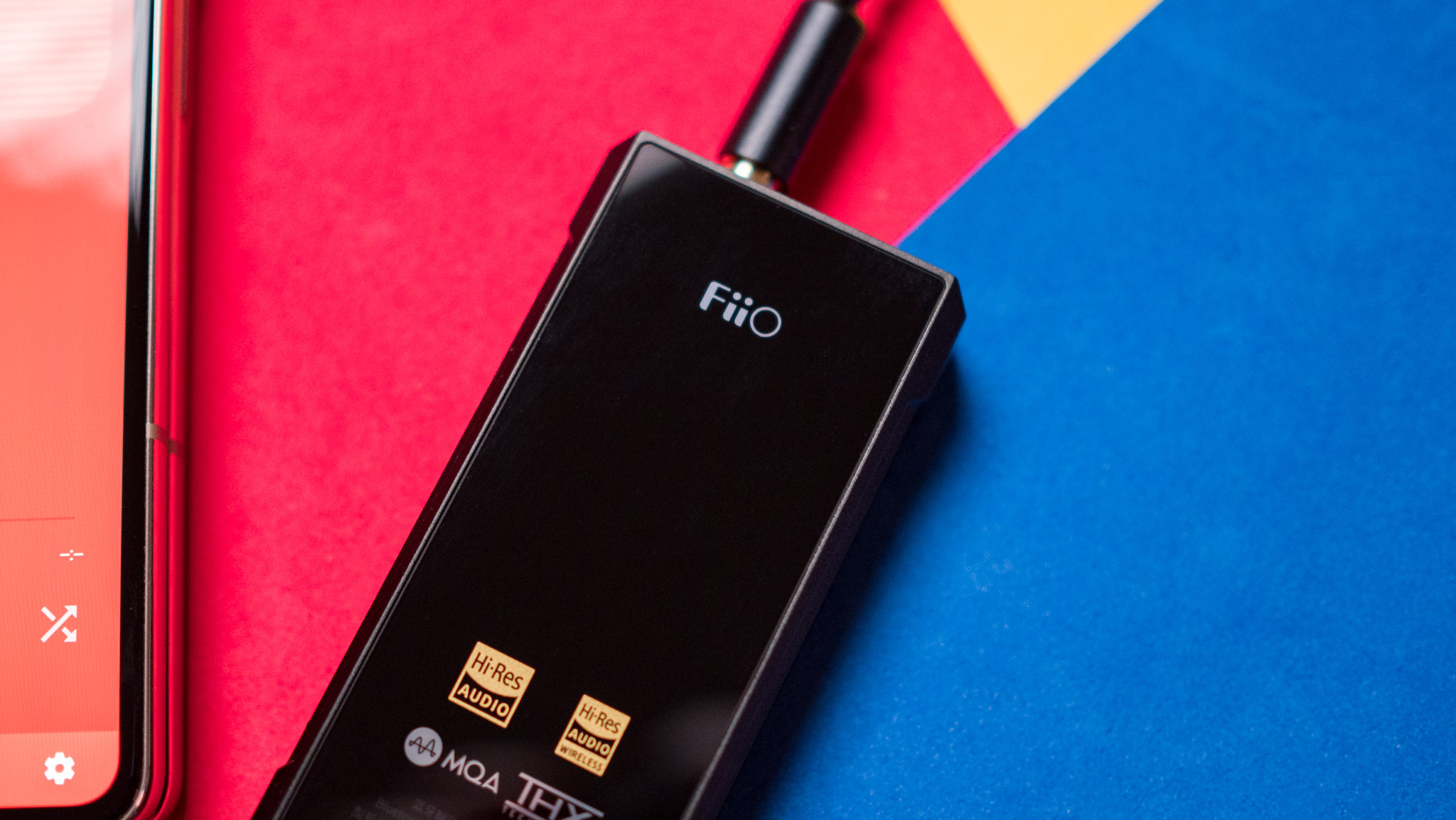
The biggest differentiator for the BTR7 is the use of THX amplifiers, with Fiio noting that it switched to THX hardware after listening to user feedback about delivering a portable DAC with more power. The BTR7 definitely fulfils the brief in that regard; the 4.4mm balanced port provides 320mW of power at a 32Ω load, 235mW at 16Ω, and 40mW at 300Ω.
The single-ended 3.5mm port goes up to 160mW at 32Ω, 165mW at 16Ω, and 18mW at 300Ω. Basically, the BTR7 is able to drive any IEM around, and the power on offer with the balanced port should comfortably drive demanding over-ear options without any issues. You'll also find an omni-directional mic here that comes in handy for taking calls, and it works pretty well — though it isn't quite on the same level as what you get on the best wireless earbuds.
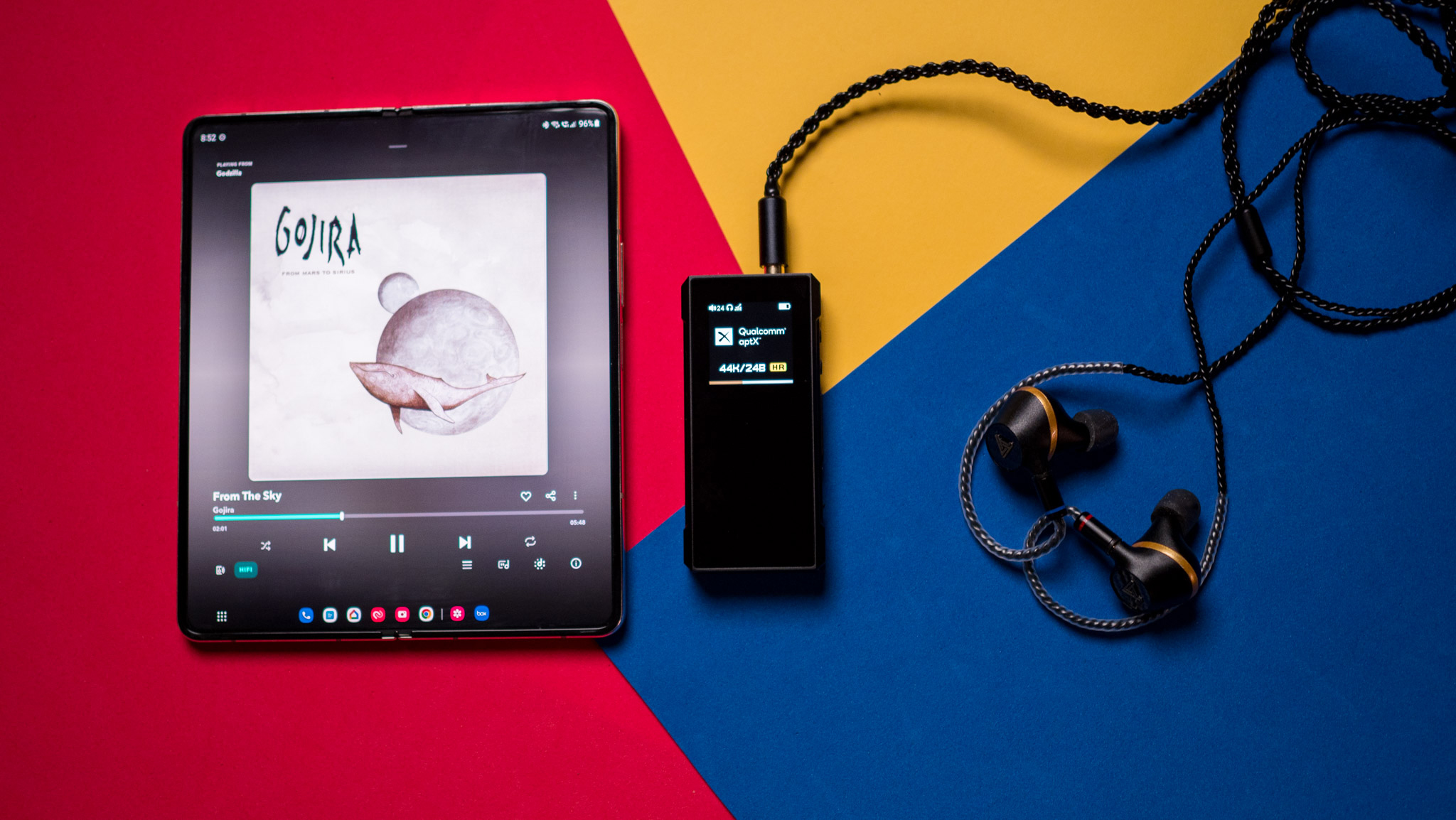
As for the sound quality, the BTR7 delivers a clean and neutral sound that's characteristic of Fiio's high-end DACs, and the THX hardware adds a layer of vibrancy to the sound. I used the BTR7 with the Audeze Euclid and Fiio's FA7S, and for the most part, I turned to Bluetooth to connect with my phones. LDAC proved to be the ideal option in this area, offering excellent detail retrieval, resolution, and clarity.
You get an energetic bass that provides a lot of character to the sound, and that makes IEMs like the Audeze Euclid shine. The mid-range is clear and detailed, and there's a slight warmth to the sound that works really well across a variety of genres. The treble is also well-defined and engaging, and overall, the BTR7 delivers a tonality that ticks all the right boxes.
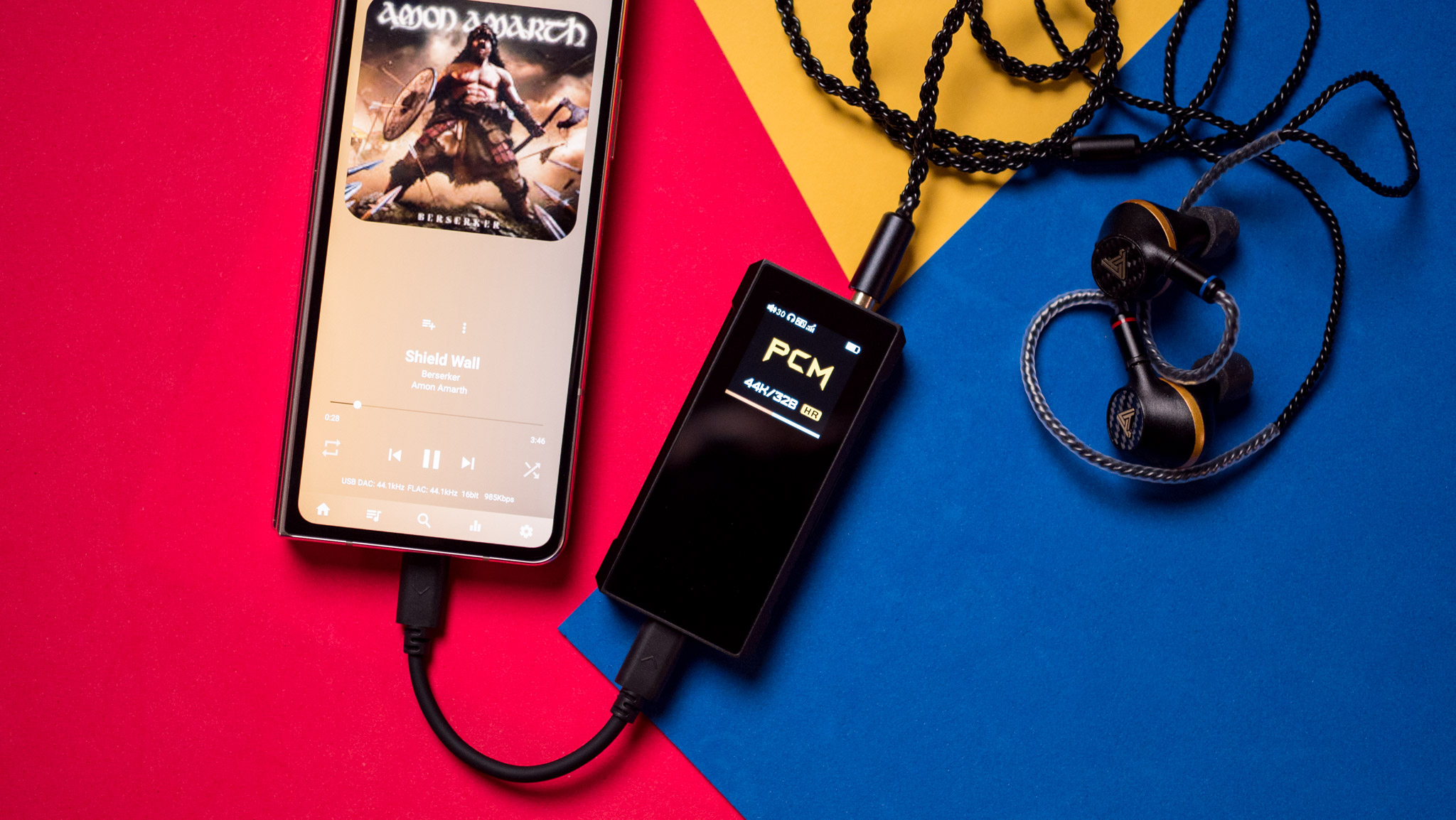
And if you want to unlock the full potential of the BTR7, you'll need to connect over USB-C. The DAC truly comes into its own in this mode, and it feels cleaner and more energetic — particularly when using the balanced 4.4mm port. Fiio advertises the BTR7 as a portable DAC, but it has the hardware to hold up just fine as a dongle DAC when connected to Windows.
The BTR7 features an 880mAh battery, and it takes just over 90 minutes to fully charge the DAC over USB-C (it charges at 10W) — that number is doubled when using Qi wireless charging. As for battery life, the BTR7 managed to deliver just under seven hours of playback with the gain set to high, and it is more than adequate for a Bluetooth DAC in this regard.
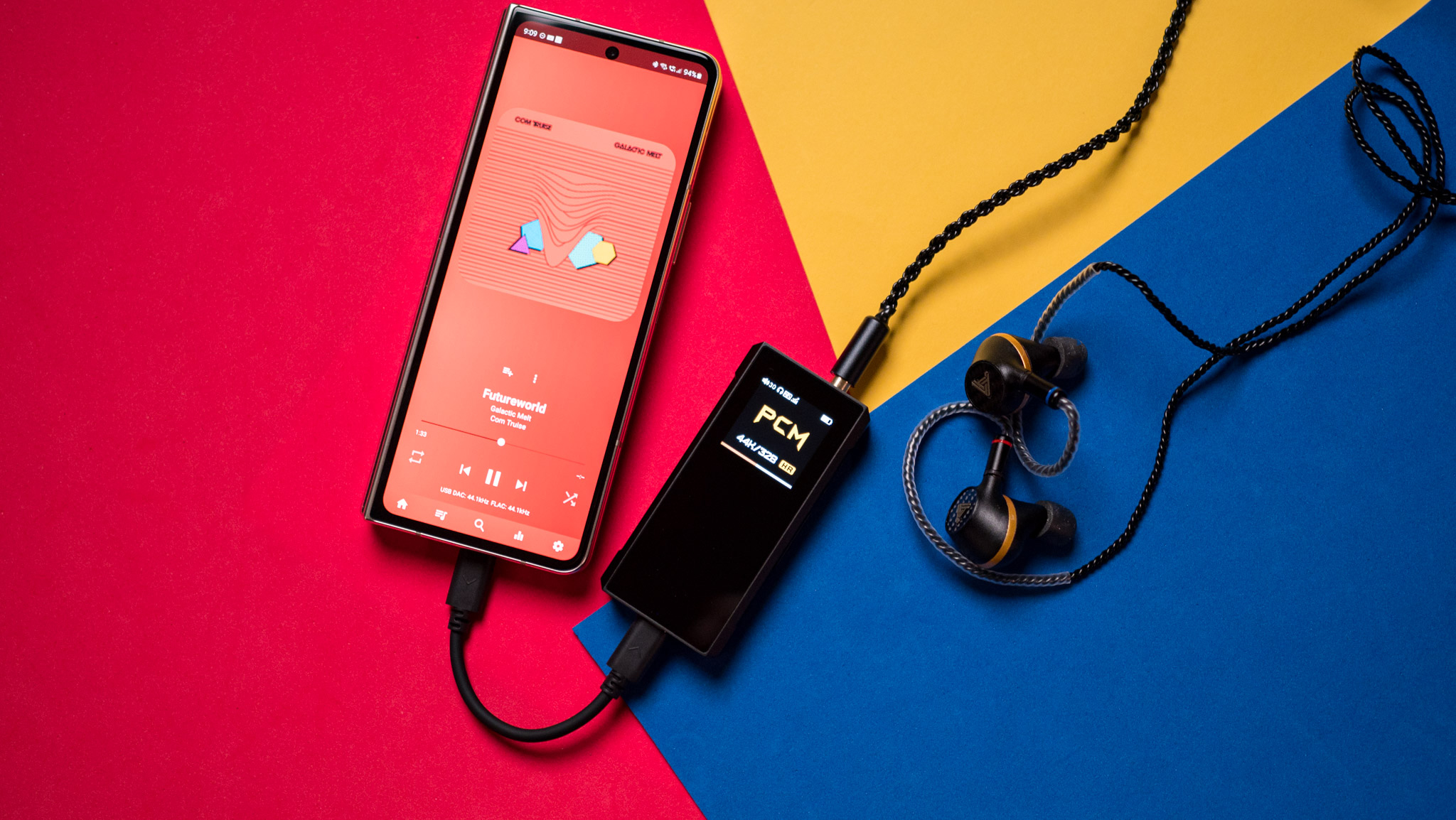
Overall, Fiio nailed the brief with the BTR7. I used a lot of Bluetooth DACs in 2022, and the BTR7 is far and away the best option if you're looking to maximize value. You get a good design, excellent sound profile with the ability to drive demanding audio gear, all the wireless codecs you need, MQA and DSD decoding in wired mode, and good battery life. The BTR7 isn't just great because it has Bluetooth connectivity — this is one of the best DACs you can get for under $250.

Harish Jonnalagadda is Android Central's Senior Editor overseeing mobile coverage. In his current role, he leads the site's coverage of Chinese phone brands, networking products, and AV gear. He has been testing phones for over a decade, and has extensive experience in mobile hardware and the global semiconductor industry. Contact him on Twitter at @chunkynerd.
